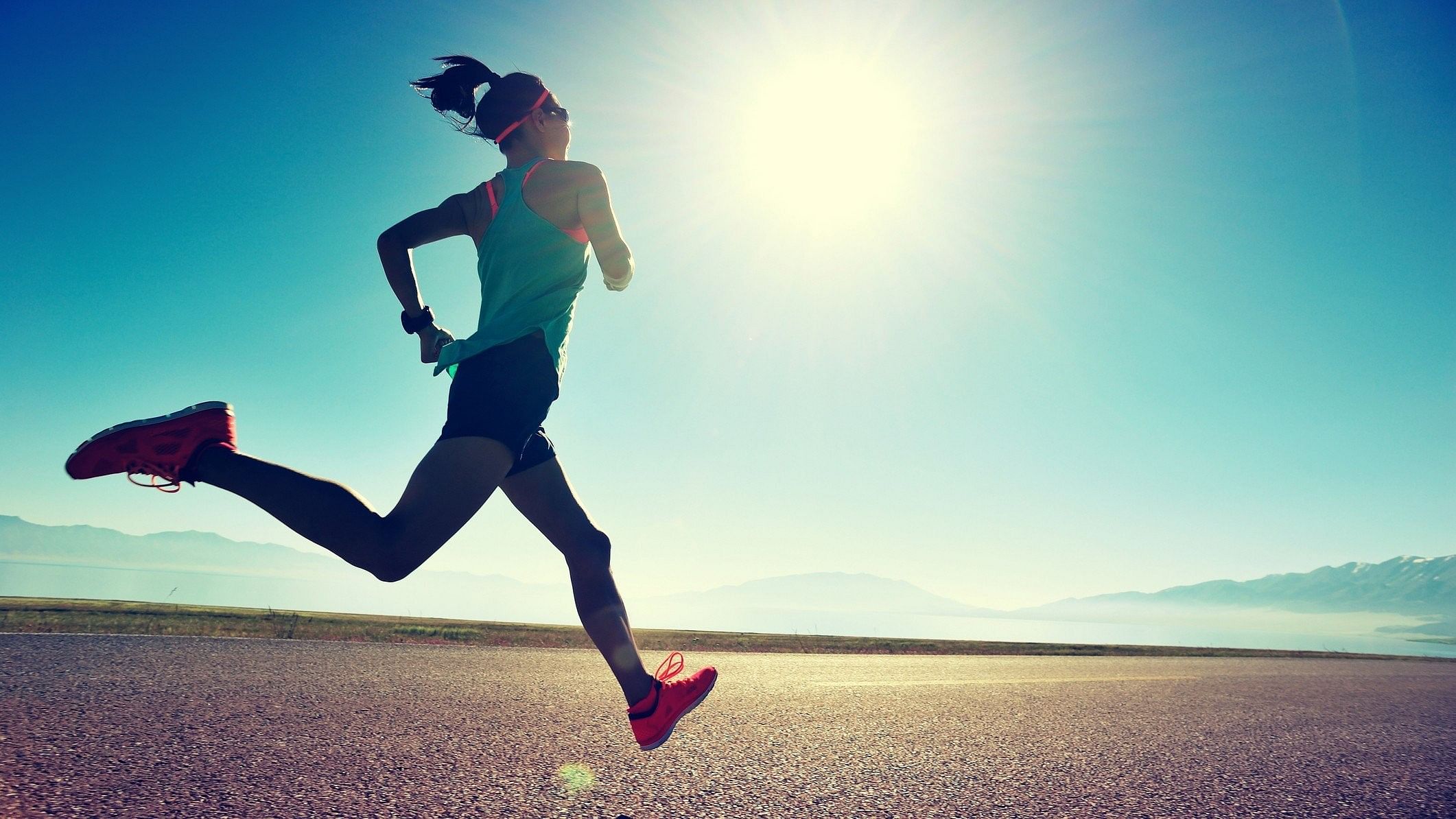
The National Educational Policy (NEP—2020) envisions an education that aims at individual students’ overall growth and intellectual development.
Credit: iStock Photo
According to the World Health Organization (WHO), the mental and cognitive health of adolescents is at risk more than ever today, and it is on the rise given various factors. Given the neuro-biological changes of the period and pressures of life, they are vulnerable to several mental health difficulties.
We need a holistic approach towards adolescents’ mental and cognitive well-being, ultimately contributing to the Sustainable Development Goal (SDG) of Good Health and Wellbeing.
WHO places adolescents (10–19 years) at the centre of the scheme of attaining the 2030 agenda of Sustainable Development Goals, given that adolescents comprise 16 per cent of the world population, i.e. 1.2 billion as per data. However, estimations show that adolescents bear 13 per cent of the global burden of mental disorders, i.e. one in seven of the 10–19-year-olds are affected by depression, anxiety and behavioural disorders. Studies show this has a lot to do with increased physical inactivity and sedentary behaviour.
Promoting well-being
Research into the mental and cognitive well-being of adolescents is on the increase. There is growing advocacy for preventing ill health and promoting well-being (mental and cognitive) through adolescent intervention programmes.
Evidence-based research shows that school-based physical activity interventions reduce stress and anxiety and enhance children and adolescents’ mental health and cognitive performance. Based on this evidence, governments, policymakers, and other stakeholders worldwide are increasing efforts to integrate physical activity into school curriculums and classroom settings and promote psychological wellness among children and adolescents from a young age.
Sports integrated learning
The National Educational Policy (NEP—2020) envisions an education that aims at individual students’ overall growth and intellectual development. It lays down the purpose behind integrating sports into education, stating that it contributes to children’s physical and mental wellness and cognitive growth, ultimately promoting holistic education. It introduces the concept of sports-integrated learning as a cross-curricular approach.
It is a cross-curricular pedagogical approach that employs physical activities. It promotes physical and psychological well-being, cognitive abilities and holistic development of children. The classroom curriculum is to adopt sports-integrated learning so that students will obtain life skills associated with sports, assuming fitness is a lifetime commitment.
The National Curricular Framework (NCF–2023) extends NEP’s vision by providing a school curriculum that integrates sports and physical education. The framework considers the need and significance of integrating Indigenous sports and exercises in various modes and patterns to bring students to the fullest extent of their mental and cognitive potential.
Physical exercises, sports and games are crucial in building individual students’ skills. ports-integrated learning promotes students’ mental and emotional well-being.
The key to holistic wellbeing
Physical activity includes any body movement that skeletal muscles produce and involves energy disbursal. It refers to all sorts of physical movements, including during recess time. All sorts of physical activity, regardless of type and duration, contribute to a person’s overall health.
Studies suggest that consistent physical activity promotes holistic well-being, physical fitness, mental health and cognitive functioning. It also helps prevent or reduce stress, anxiety and depression. Adequate physical activity contributes towards physical fitness, mental health and cognitive outcomes.
(The writer is a research scholar in the Department of Education at Christ University)